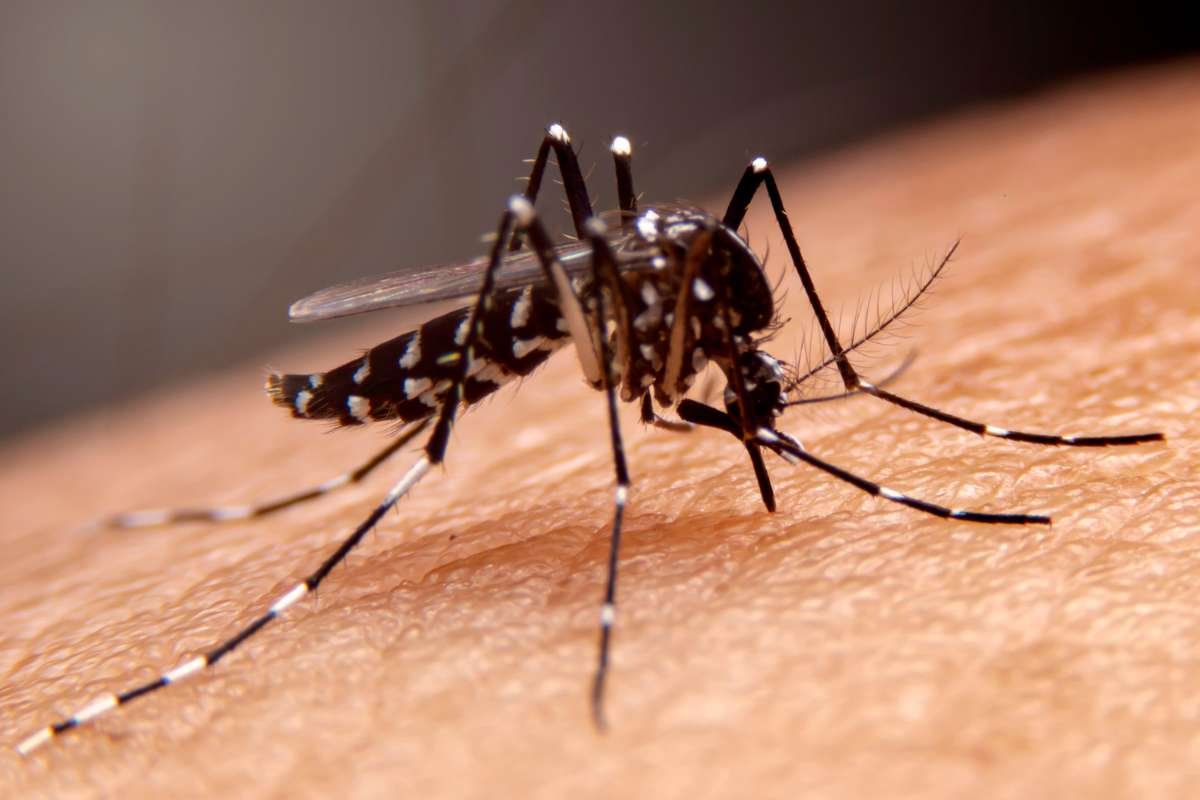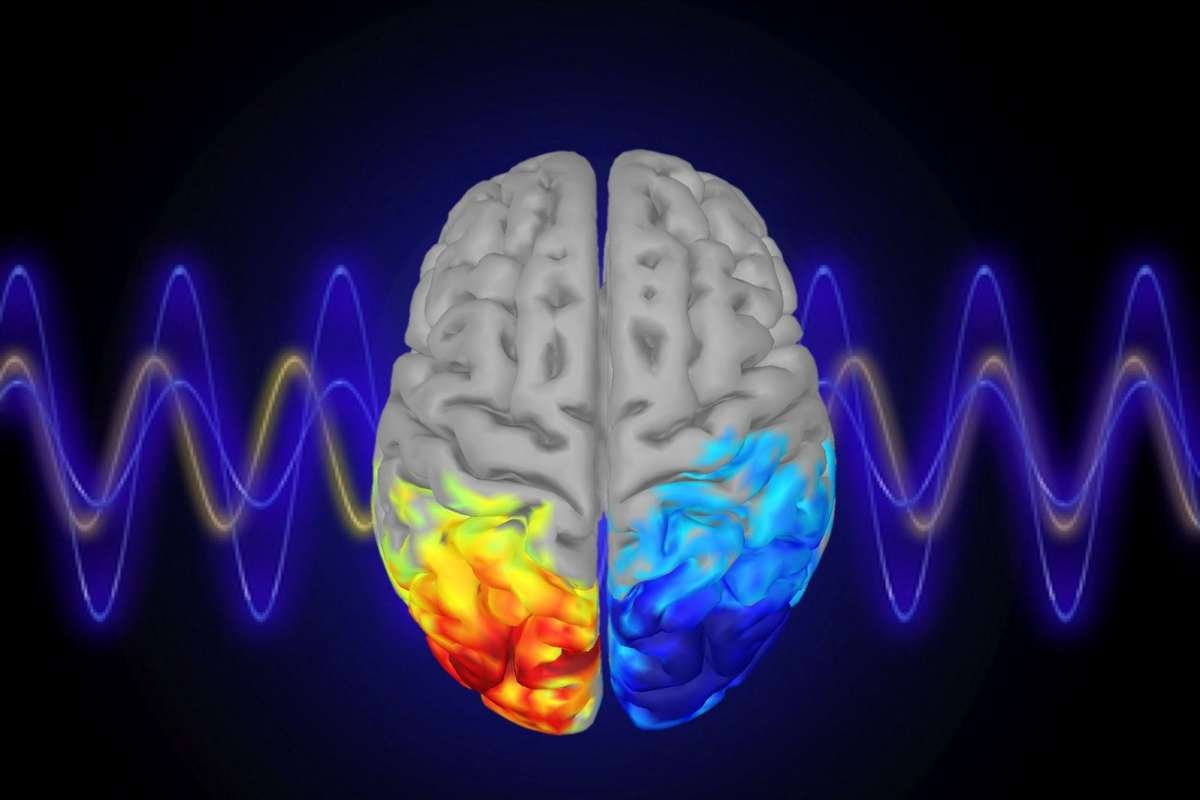From Microscope to Molecular Insight
Stanford Medicine researchers have unveiled a groundbreaking AI-powered tool capable of predicting gene activity in tumor cells using standard biopsy images. Traditionally, determining the genetic factors driving cancer requires expensive and time-consuming genomic sequencing. This AI model, named SEQUOIA, provides an innovative alternative by analyzing microscopic biopsy images to infer the activity of thousands of genes, offering a new approach in cancer diagnostics.
The research, published in Nature Communications on November 14, utilized data from over 7,000 tumor samples. SEQUOIA demonstrated remarkable accuracy, particularly in predicting genetic variations in breast cancer, with correlations exceeding 80% in some cases. These predictions align closely with genomic sequencing results, offering the potential for faster, cost-effective cancer diagnostics. The study, led by Dr. Olivier Gevaert alongside graduate student Marija Pizuria and postdoctoral fellows Dr. Yuanning Zheng and Dr. Francisco Perez, emphasizes how this tool could transform clinical practices by predicting patient outcomes and enabling personalized treatment strategies.
Harnessing AI for Precision Medicine
The AI model was trained on 7,584 cancer biopsies spanning 16 types of cancer, paired with transcriptomic data that identifies active genes. The team used hematoxylin and eosin staining, a common pathology technique, to enhance image analysis. By integrating this data with information from healthy cells, SEQUOIA learned to identify gene expression patterns invisible to the human eye.
SEQUOIA excels not just in predicting individual gene activity but also in recognizing larger genomic programs—gene signatures involving hundreds of genes linked to inflammation, cell growth, or metastasis. This broad-scale prediction accuracy holds promise for clinical applications, where doctors often rely on such gene signatures for treatment decisions.
“Doctors don’t look at genes one by one but at comprehensive gene signatures,” said Dr. Gevaert. “SEQUOIA is particularly effective in identifying these larger genomic patterns, which could prove highly valuable in clinical decision-making.”
Breast Cancer as a Test Case
The utility of SEQUOIA was tested on breast cancer, leveraging gene signatures already used in commercial diagnostic tools like the FDA-approved MammaPrint test. The AI model successfully predicted risk scores indicating the likelihood of cancer recurrence, correlating with patient outcomes across multiple datasets. Patients flagged as high-risk by SEQUOIA showed higher recurrence rates and shorter times to relapse, validating its predictive capabilities.
While SEQUOIA is not yet ready for clinical use—it requires further trials and regulatory approval—its potential is evident. Dr. Gevaert emphasized its versatility, noting that it could extend to all cancer types and numerous gene signatures. By simplifying access to genetic data, SEQUOIA might eventually reduce the reliance on expensive genomic tests.
“This tool offers a new dimension in cancer diagnostics,” said Dr. Gevaert. “We’ve demonstrated its value in breast cancer, and now we can explore its applications across other cancers.”
The research was supported by the National Cancer Institute and other academic grants, with contributions from scientists at Roche Diagnostics. If successfully implemented, SEQUOIA could redefine how cancer diagnostics and treatment planning are conducted, making precision medicine more accessible worldwide.






